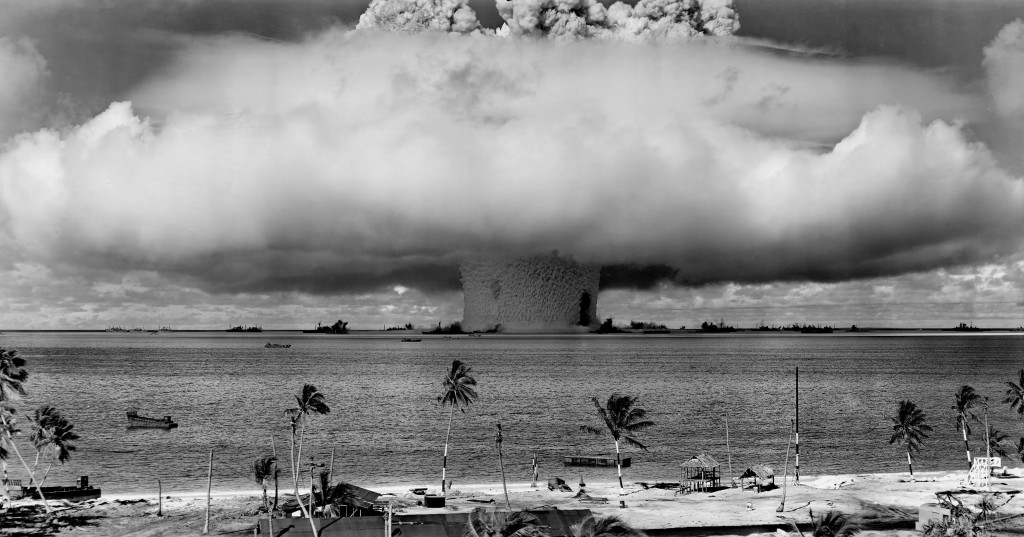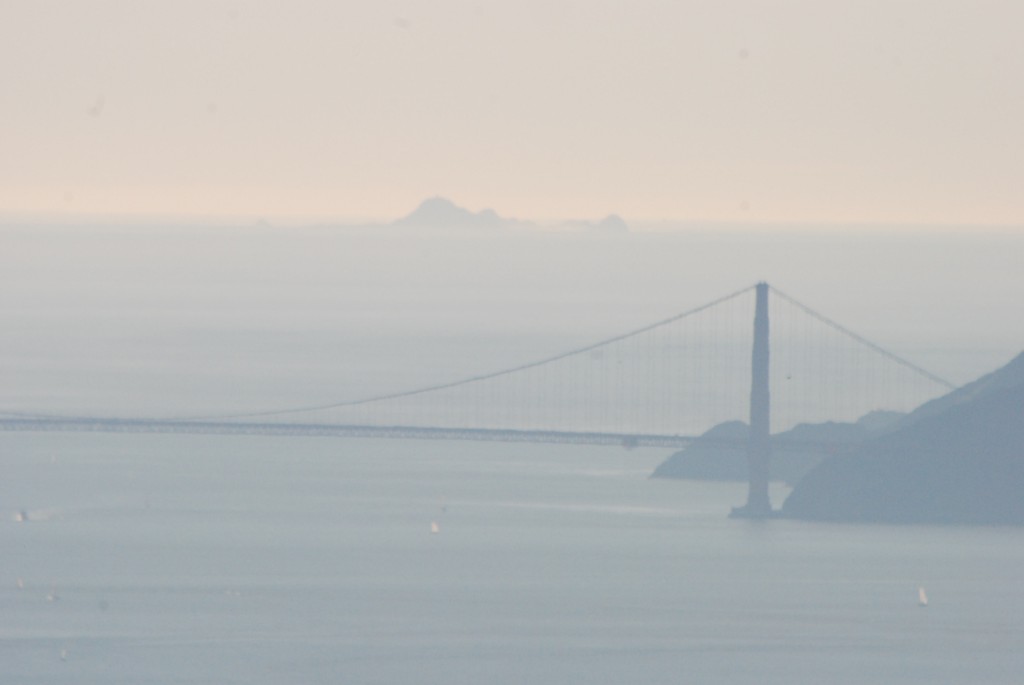The late-night radio airwaves—the insomniac’s solace, the new father’s companion—have been heavy with war, disaster and calamity for weeks now. How very different are the sounds of bombing runs over Tripoli from the small coughs and cries through the baby monitor, with which they commingle.
The most extraordinary news of the past two weeks, however, does not have a sound, at least not one that can be captured on the radio. It is the grace, strength and equanimity of the Japanese people under the most challenging conditions. It is a demonstration of what poets and social scientists alike would recognize as resilience—that ineffable quality of somehow remaining unbroken in the face of the unexpected and the catastrophic.
Measuring and enhancing resilience in human communities is a relatively new endeavor—one I plan to write about in the coming weeks—and it is perhaps easier to quantify resilience in the ecological than in the human sphere. It seems appropriate somehow that one of best documented and most dramatic recent examples of ecological resilience comes, like Chernobyl 25 years ago and Fukushima Daiichi today, packaged with all the bright futurism and dark paranoia of the nuclear age. Continue reading







